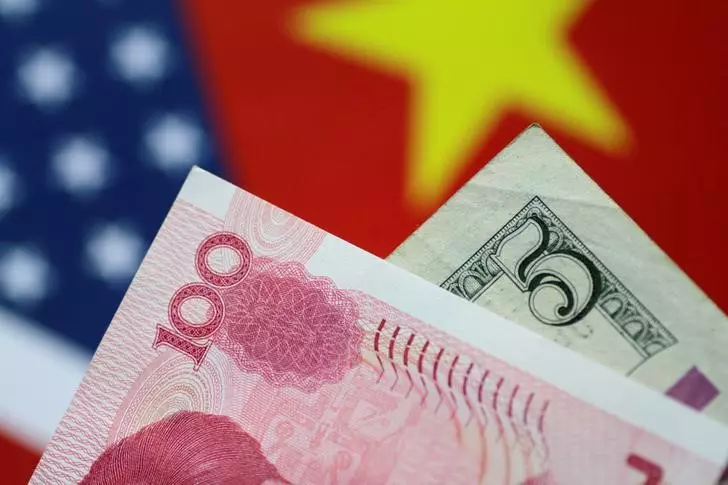As we enter a new week in global finance, most Asian currencies are shading lower, reflecting broader economic trends and pivotal policy decisions looming from the U.S. Federal Reserve. The U.S. dollar, now positioned near a three-week peak, strengthens predominantly due to mixed economic data emerging from China, which continues to evoke concerns about the pace of economic recovery. Coupled with expectations of a significant interest rate cut in the ongoing week, the geopolitical and economic atmosphere is lending to increased volatility in currency markets across Asia.
The Federal Reserve’s upcoming meeting is anticipated to produce a 25 basis point interest rate reduction, enough to impact global capital flows and currency valuations. Traders may be preparing for this adjustment, yet the consistent expectations of a slower trajectory for subsequent rate cuts in the coming years, particularly in 2025, have consolidated demand for the U.S. dollar. This paradox reflects how a forthcoming cut could simultaneously consolidate the dollar’s strength, presenting a layered complexity for investors and policymakers alike.
As observed, the U.S. Dollar Index fluctuated but remained anchored near its highest tier since late November, indicating a shift in the balance of market sentiment. Futures trading in this index similarly displayed marginal reductions, yet overall, resilience in the dollar’s position indicates traders’ ongoing confidence in the U.S. economy as economic policies shape their next moves.
China’s Economic Performance and Implications for Regional Currencies
China’s economic indicators have been a focal point, with its recent industrial production figures aligning with forecasts as government stimulus supports business activity. Still, scrutiny persists as retail sales markedly underperformed predictions, highlighting a troubling trend of weakened consumer confidence despite ample policy support. Analysts from ING noted that while industrial production may show promise, the sluggish retail outcomes reflect broader systemic issues that could thwart recovery efforts.
Housing prices, faced with a slight decline, revealed the most modest downturn seen in 17 months, hinting at tentative stabilization in the beleaguered property sector. However, the persisting challenges in revitalizing retail consumption further burden regional currencies, reflecting how closely interlinked these economies are within the Asia-Pacific landscape. As the yuan fluctuates around a two-year high against the dollar, the correlation between China’s domestic struggles and its regional neighbors is increasingly evident.
The ramifications of China’s economic situation ripple through the Asia-Pacific, where regional currencies exhibit pressure from the uncertainty clouding the broader economic forecast. The dollar index not only maintains its strength, but also looms over currencies like the Japanese yen and the South Korean won. The differing approaches to interest rates further exacerbate disparities in currency valuations. For instance, the Bank of Japan’s likely decision to retain interest rates, contrary to prior expectations for a hike, could spur additional weakness in the yen against the dollar.
Countries such as South Korea, facing their own political tumult with recent impeachment proceedings against President Yoon Suk Yeol, will need to navigate an uncertain economic landscape while employing stabilizing measures. The South Korean finance ministry’s commitment to intervene as necessary indicates a responsive strategy to mitigate economic fallout, yet investor sentiment remains cautious.
In this complex interplay of economic and political factors, it is apparent that the outlook for currencies in Asia remains precarious. The U.S. dollar’s strength, underpinned by anticipated Federal Reserve actions and China’s economic performance, is creating a challenging environment for regional currencies to maintain their footing. As the markets adjust to a continuously evolving economic landscape, stakeholders must remain vigilant, employing adaptive strategies to navigate the rollercoaster of currency valuations and economic data releases poised to redraw the lines in the financial sand. In this period of uncertainty, the currencies of Asia face important tests of resilience and adaptability, with the potential for both recovery and further setbacks.

